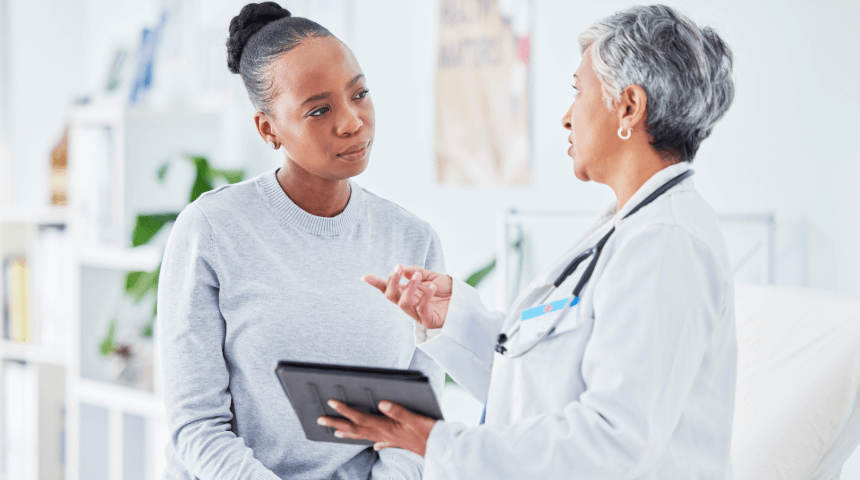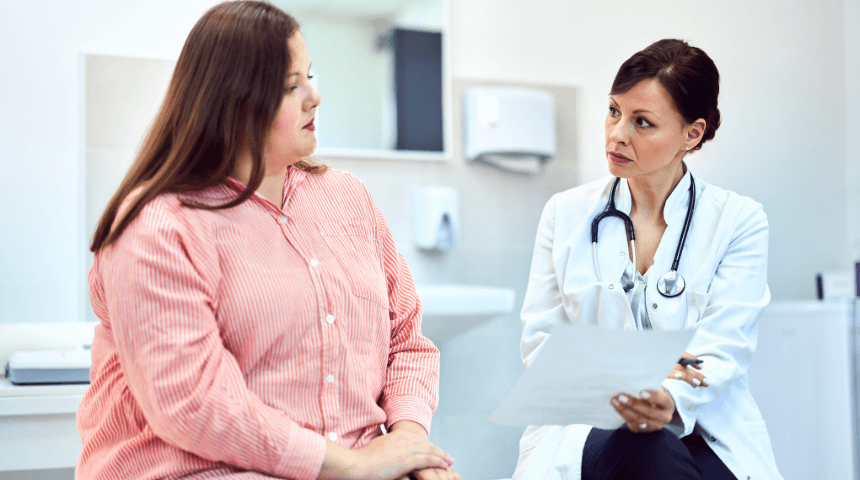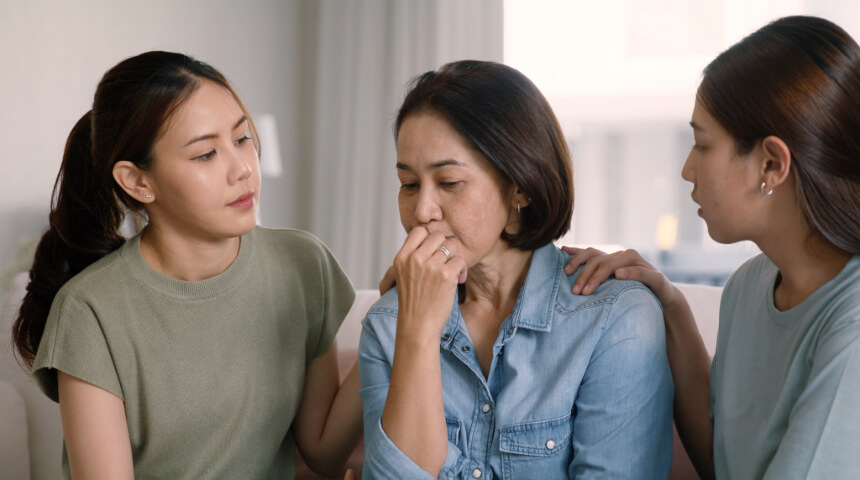A healthy lymphatic system — the network of vessels, tissues and organs responsible for filtering and draining infection-fighting fluids called lymph — is an important part of our body’s immune structure.
But if your lymphatic system becomes damaged or blocked, sometimes through surgery checking to remove cancer in the lymph nodes of the groin or armpit, this fluid can’t drain and will build up in neighboring tissue.
This condition, called lymphedema, causes pain and excessive swelling of the limbs or torso nearest the affected lymph node – severely restricting your mobility and leaving you vulnerable to infection.
What Can Cause Lymphedema?
There are two types of lymphedema. Primary, or hereditary lymphedema, is a genetic development disorder. The more common form, secondary lymphedema, is usually caused by the dissection or removal of lymph nodes, radiation or blockage.
While the role of a lymph node is to filter out dangerous cancerous cells and infection, this same network also allows for the transfer of bad cells to other nodes throughout the body. Because of this, cancer treatment often involves removing affected nodes and treating tissue in the area – setting the stage for lymphedema to set in.
For example, lymphedema might form in your arms after node removal from breast cancer surgery or in your torso or legs after treatment for cervical or prostate cancer.
While secondary lymphedema is most often the result of cancer treatments, it can also form due to inflammatory and circulatory issues, such as rheumatoid arthritis, varicose veins and obesity.
Symptoms of Lymphedema
Symptoms of lymphedema can include:
- Clothing or jewelry fitting tighter near the affected area
- A sense of heaviness in your limb(s)
- Skin that feels taut
- Decreased flexibility in your joints
- Aching, tingling or numbness in the area
- A change in your skin’s texture, making it look thicker or leathery
- Swelling of a limb (or part of your body) that gets larger over time
Because this fluid buildup comes with an increase in fatty deposits, pain and a higher risk of infection, left unchecked lymphedema can lead to disfiguring swelling, weight gain and severe restriction of physical movement.
Treatments That Can Help
While damage to the lymphatic system cannot be repaired, there are treatments and preventive steps to control the swelling and other problems that come with this condition. Depending on the stage your lymphedema has progressed to, treatments include both surgical and nonsurgical options:
- Manual lymphatic drainage (or lymphatic massage). This gentle, specialized massage works to move fluid from the swollen area to a place where the lymphatic system is working normally.
- Compression. Usually in the form of a garment or bandaging, compression provides pressure to the trapped lymph fluid, helping it flow through the vessels.
- Sequential compression device. These are ‘sleeves’ that encase the entire affected arm or leg, pump to inflate with air and provide the needed compression. Although not as effective as a manual lymphatic massage, they do offer patients an at-home on-demand option.
- Vascularized lymph-node transfer. This new surgical solution harvests healthy lymph nodes from another part of the body and transplants them to the affected area. This allows for lymph fluid to once again be filtered and disposed of into the bloodstream.
6 Tips for Living with Lymphedema
To help manage your risk of a lymphedema flare-ups, the following actions are recommended:
-
Prevent infection by avoiding any cuts or needle sticks (from vaccines or blood tests) in the swollen area.
-
Keep your skin clean and use lotion to keep it hydrated; avoid sunburning.
-
Don’t wear tight clothing or jewelry.
-
Elevate your swollen arm or leg over your heart when possible.
-
Exercise and maintain a healthy weight.
-
If traveling by air, wear compression garments both in the air and one to two hours afterward.
Lymphedema can be dangerous, but it can also be controlled. Working with your medical team, you can create a plan that addresses your individual concerns.
Choose to Stay in Touch
Sign up to receive the latest health news and trends, wellness & prevention tips, and much more from Orlando Health.
Sign Up





